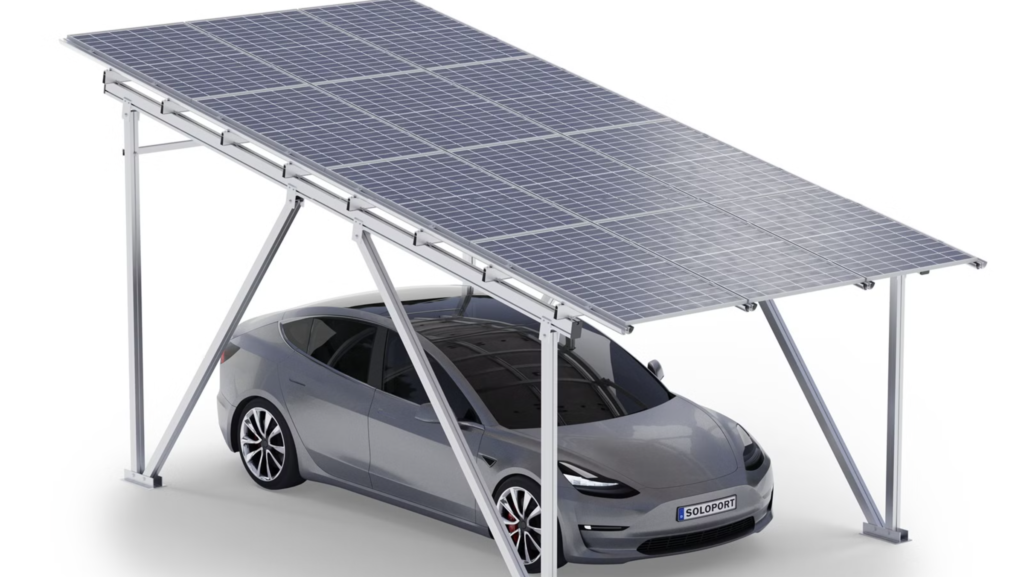The formulation of a regular maintenance plan for solar panels should be combined with the characteristics of the equipment, environmental conditions and operational requirements to ensure the efficient and safe operation of the system. The following are the key points that need to be focused on when formulating a plan:
First, maintain the goals and core principles
Clarify the goals
Ensure power generation efficiency: Through measures such as cleaning and troubleshooting, keep the system attenuation rate within the industry standard range (e.g., annual attenuation ≤0.7%).
Extend service life: Reduce damage such as hot spots and hidden cracks on components, and lower long-term operation and maintenance costs.
Ensure safety: Avoid the risks of fire or collapse caused by electrical faults, loose supports, etc.
Principle
Prevention first: Detect potential hazards in advance through regular inspections (such as aging junction boxes and damaged cables).
Differentiated maintenance: Adjust the frequency of cleaning and inspection according to the environment (such as deserts, coastal areas, and highly polluted zones).
Data-driven: Optimize maintenance strategies based on monitoring systems (such as IV curve testing and infrared thermal imaging).
Second, planning the maintenance content and frequency
Cleaning and maintenance
Frequency:
In areas with severe dust/pollution: once a month;
General environment: once every quarter;
Immediate cleaning is required after the rainy season (to avoid mud residue).
Standard:
Use non-corrosive cleaners to avoid scratching the coating layer.
After cleaning, the light transmittance of the components should be ≥90% (which can be detected by a portable light transmittance meter).
Electrical system inspection
Frequency: Once every six months (with a focus on inspecting the inverter, cables, and grounding system).
Content:
Measure the insulation resistance on the DC side (it should be ≥1MΩ);
Check whether the terminal blocks are loose or oxidized;
Verify the inverter efficiency (it should be ≥97%).
Structural and mechanical inspection
Frequency: Once a year (special inspections are required after typhoons and earthquakes).
Content:
Rust condition of the support (the anti-corrosion coating is damaged and needs to be repainted);
Component installation Angle deviation (error should be ≤±1°);
Tighten the bolt torque test (retighten at 80%-90% of the design value).
Performance testing and evaluation
Frequency: Once a year (combined with the annual major overhaul).
Content:
EL test detects hidden cracks (if the hidden crack rate of a single component is greater than 5%, it needs to be replaced).
Infrared thermal imaging is used to detect hot spots (if the temperature of the hot spot is greater than 20℃ above the ambient temperature, it needs to be treated).
Power generation comparison analysis (If the year-on-year decline exceeds 2%, the reasons need to be investigated).
Third, the environment and seasonal adjustments
Response to extreme weather
High-temperature arid areas: Increase the frequency of cleaning to prevent dust accumulation from causing hot spots.
Coastal high-humidity areas: Shorten the anti-rust treatment cycle of the brackets (such as once every two years);
Snowy areas: After winter, check for any remaining snow on the components to prevent local overload.
Seasonal maintenance focus
Spring: Clear the accumulated dust from winter and check whether the surface of the components is deformed due to the compression of snow.
In summer: Strengthen the inspection of ventilation design to prevent the inverter from overheating.
Autumn: Check if the cables are loose due to thermal expansion and contraction.
Winter: Ensure that the components are free from snow cover to prevent ice from scratching the glass.
Fourth, resource and personnel management
Tools and spare parts
Equipped with professional tools (such as EL testers, insulation resistance meters);
Reserve key spare parts (such as junction boxes and bypass diodes), and the inventory level should meet the 72-hour repair demand.
Personnel training
At least one practical training session per year (such as safety in high-altitude operations and handling of electrical faults);
Only after passing the assessment can one operate independently (such as the use of insulating tools and thermal imaging analysis).
Fifth, recording and continuous improvement
Maintain the archives
Record the time, content, problems found and handling results of each maintenance;
Save key data (such as power generation, attenuation rate, and fault type) for trend analysis.
Optimization strategy
Adjust the maintenance frequency based on historical data (for example, if the hidden crack rate of components in a certain area remains persistently high, the frequency of EL testing needs to be increased);
Introduce new technologies (such as drone inspection and AI fault diagnosis) to enhance efficiency.
Sixth, Risk Management and Emergency Response Plan
Risk identification
Electrical risks: Water ingress in the junction box, cable damage;
Structural risks: Bracket corrosion, component detachment;
Environmental risks: Sandstorms, hail impacts.
Emergency measures
Establish a fault classification response mechanism (for example, if a component catches fire due to a hot spot, the power supply on the DC side should be cut off immediately);
Reserve emergency supplies (such as fire extinguishers and temporary support frames).
Seventh, compliance and standard adherence
Regulatory requirements
Comply with local power grid access standards (such as power factor and harmonic limits);
Waste disposal must comply with environmental protection regulations (such as the recycling of lead-containing components).
Industry standard
Refer to IEC 62446-1:2016 (Maintenance Guidelines for Photovoltaic Systems);
Domestically, GB/T 38330-2019 (Code for Maintenance and Repair of Inverters in Photovoltaic Power Stations) can be followed.


